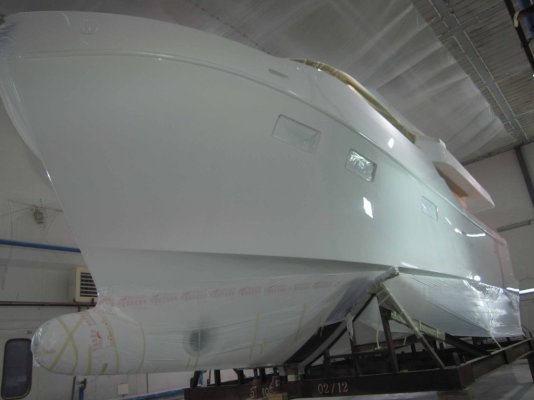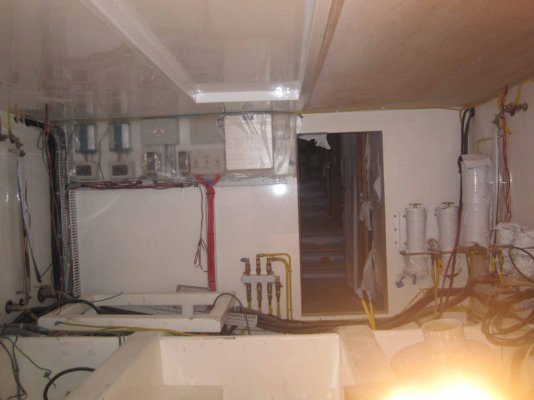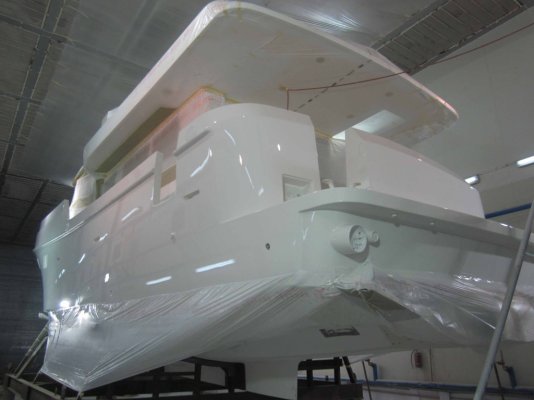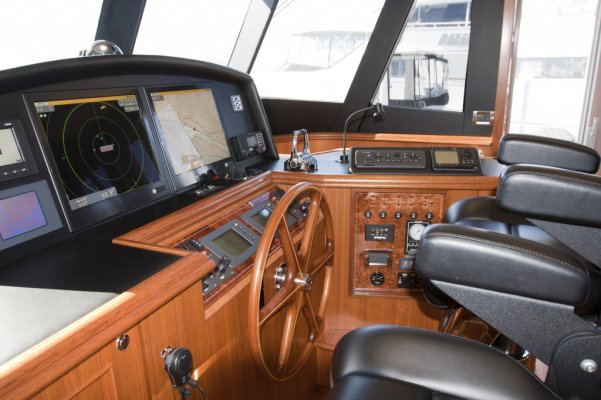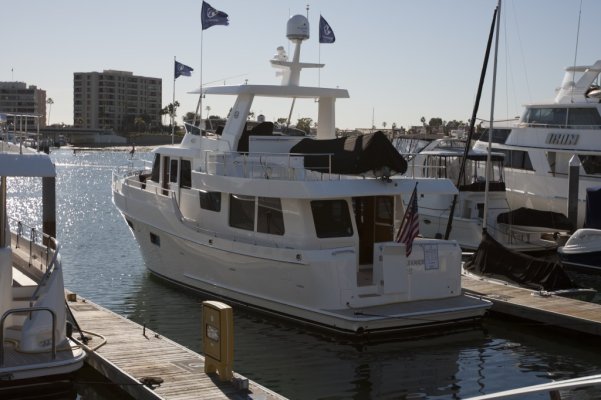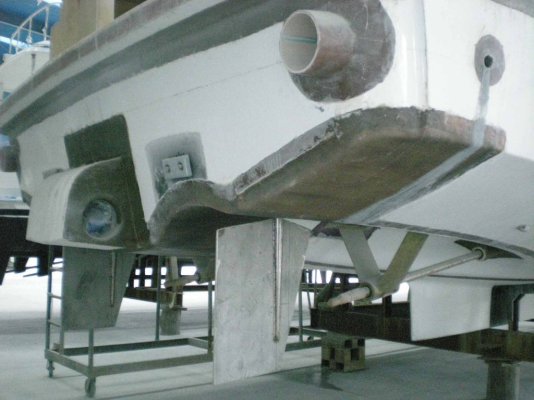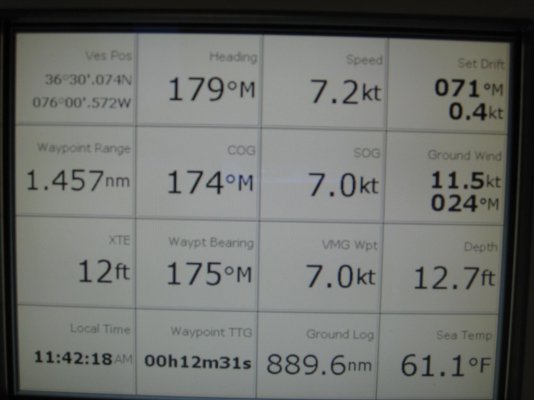Just Bob
Veteran Member
In finalizing the electronics for our new Ocean Alexander 54T, I'm struggling with the choice between "through-hull" and "shoot-through" transducers.* We are only using our sounder for depth, not for fish finding.
*
I'm told the "shoot-throughs" loose accuracy beyond a few hundred feet or will not read accurately through*a silt/soft bottom, however I*like the idea of reducing another*hole in the hull.
*
I would love to hear others experiences..
*
*
I'm told the "shoot-throughs" loose accuracy beyond a few hundred feet or will not read accurately through*a silt/soft bottom, however I*like the idea of reducing another*hole in the hull.
*
I would love to hear others experiences..
*

